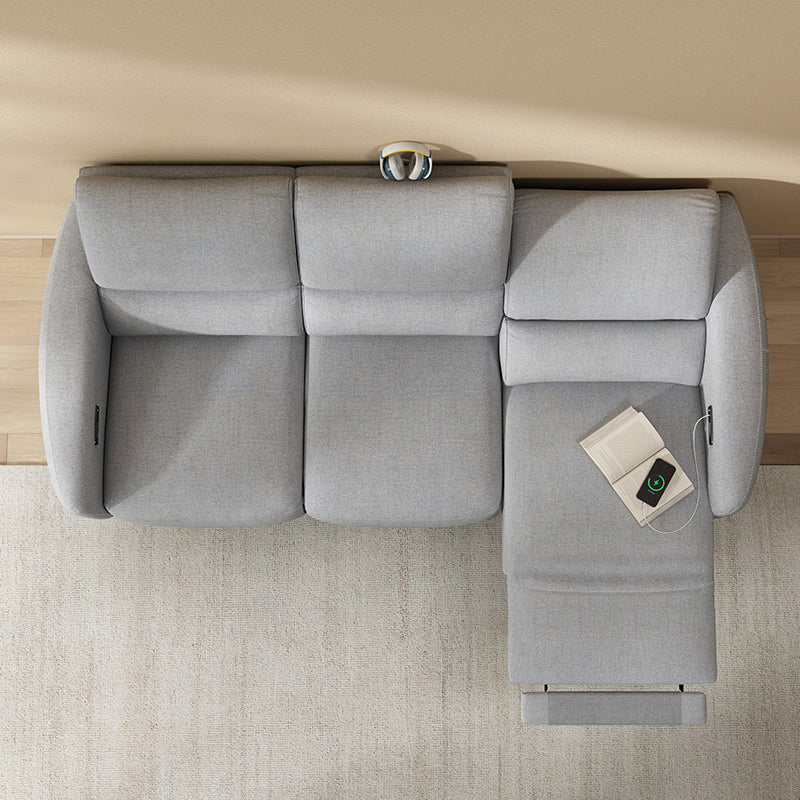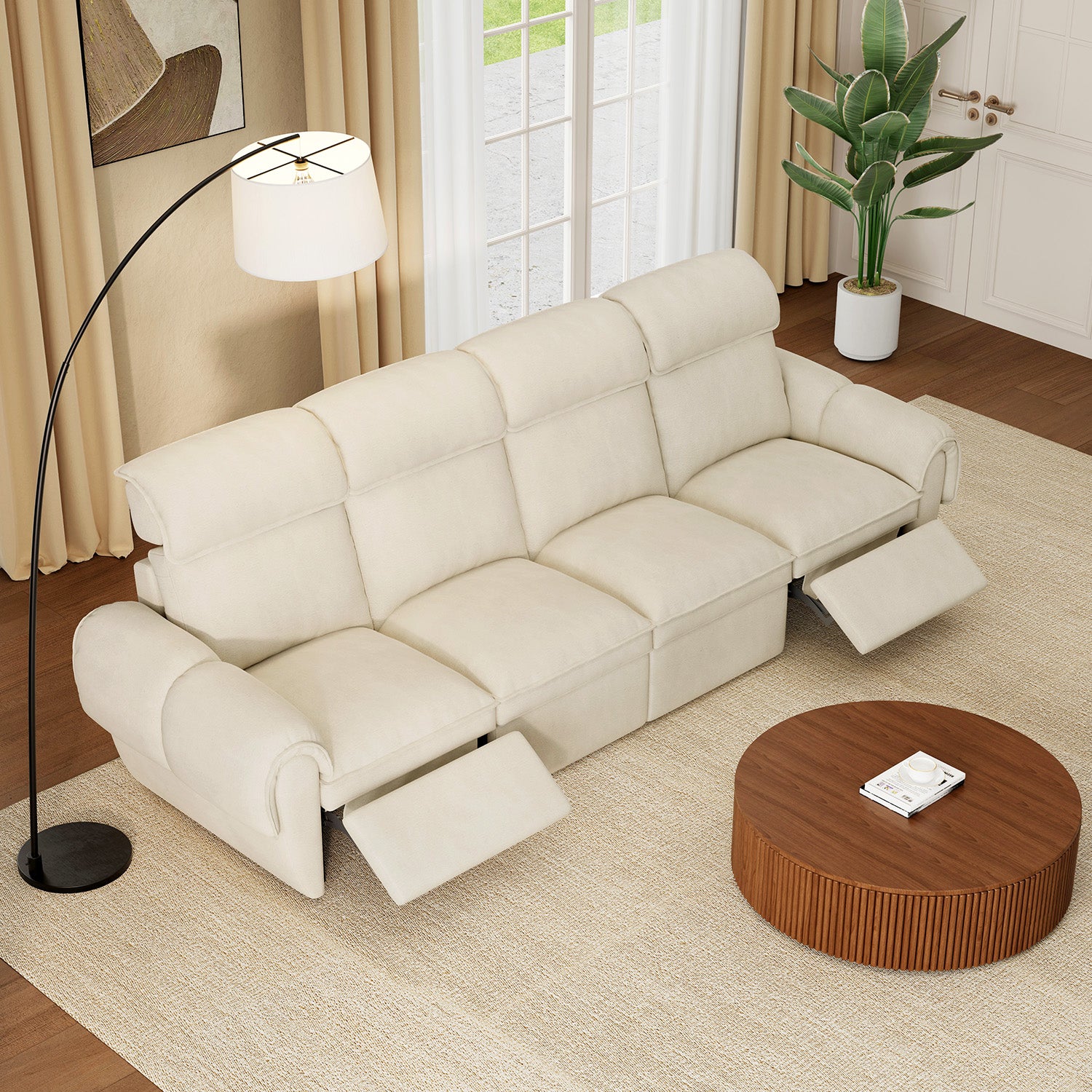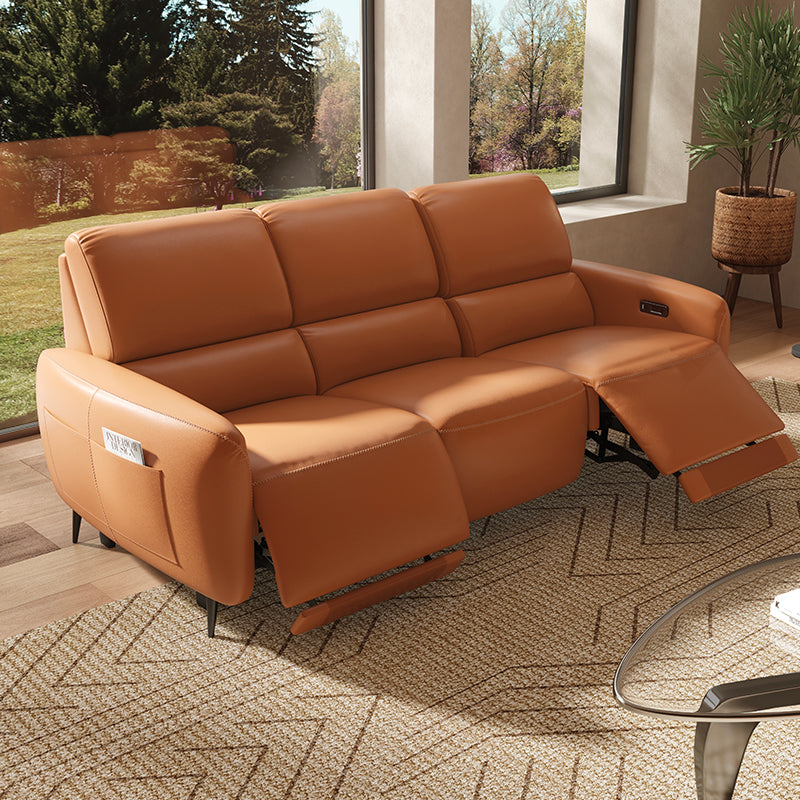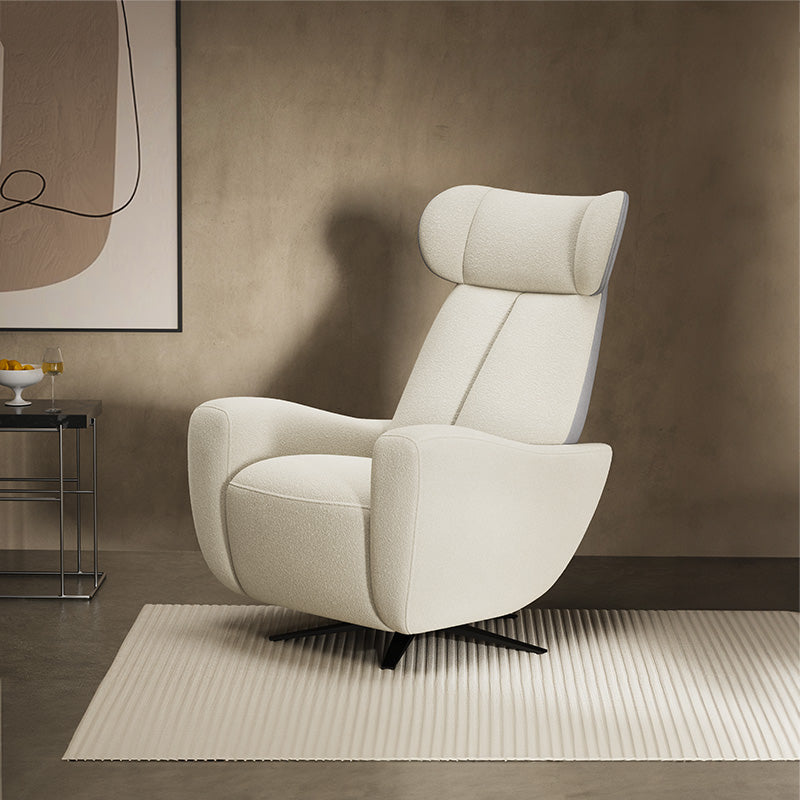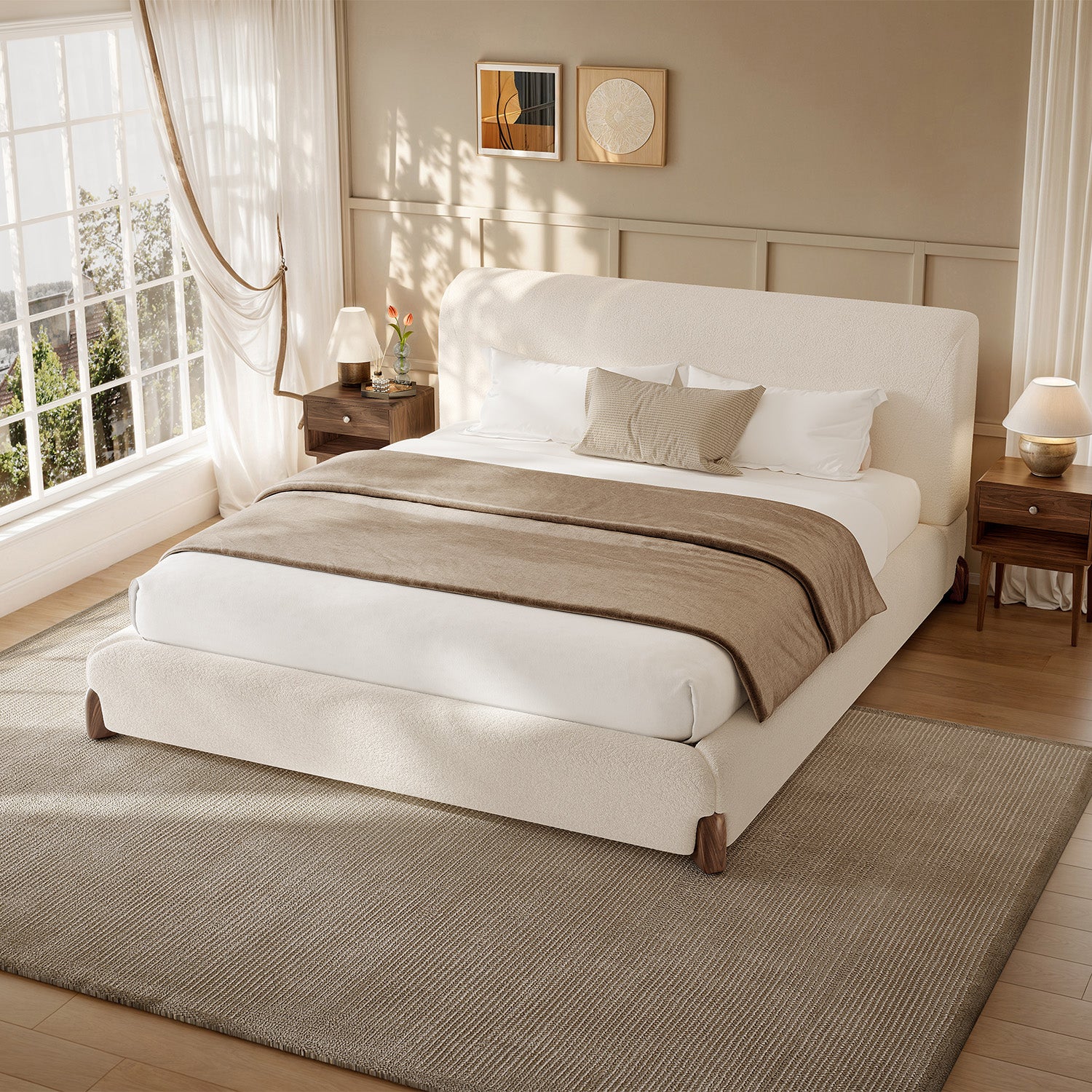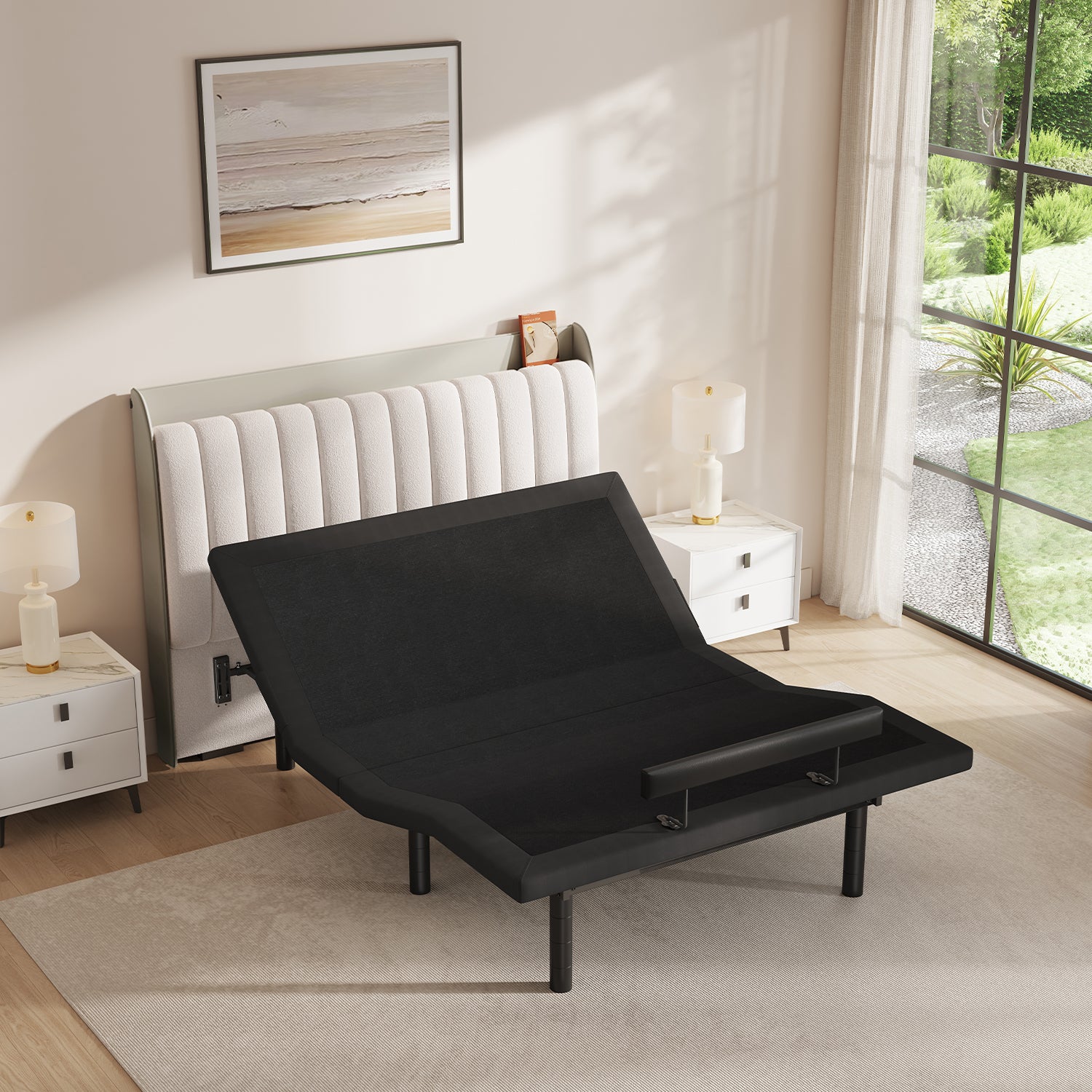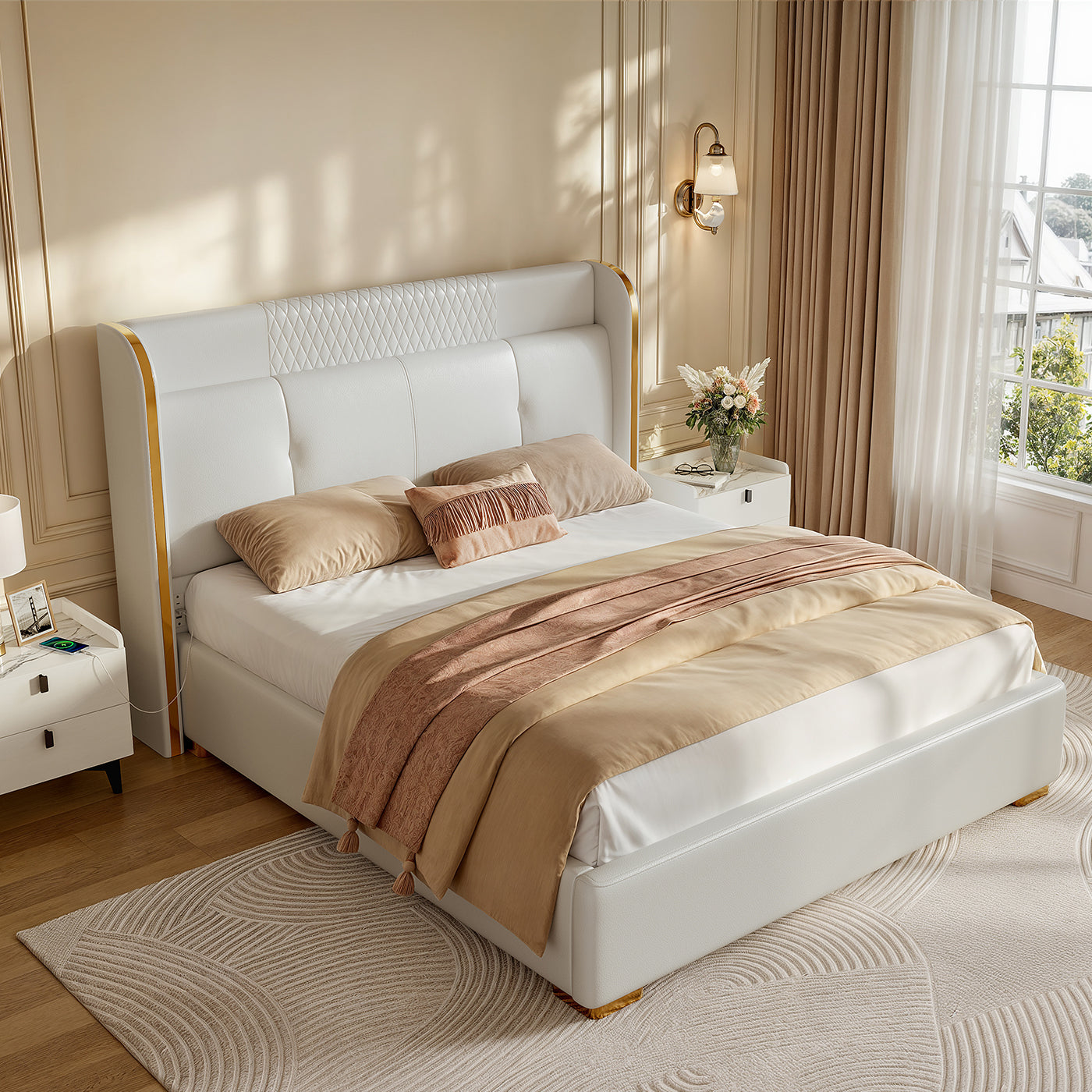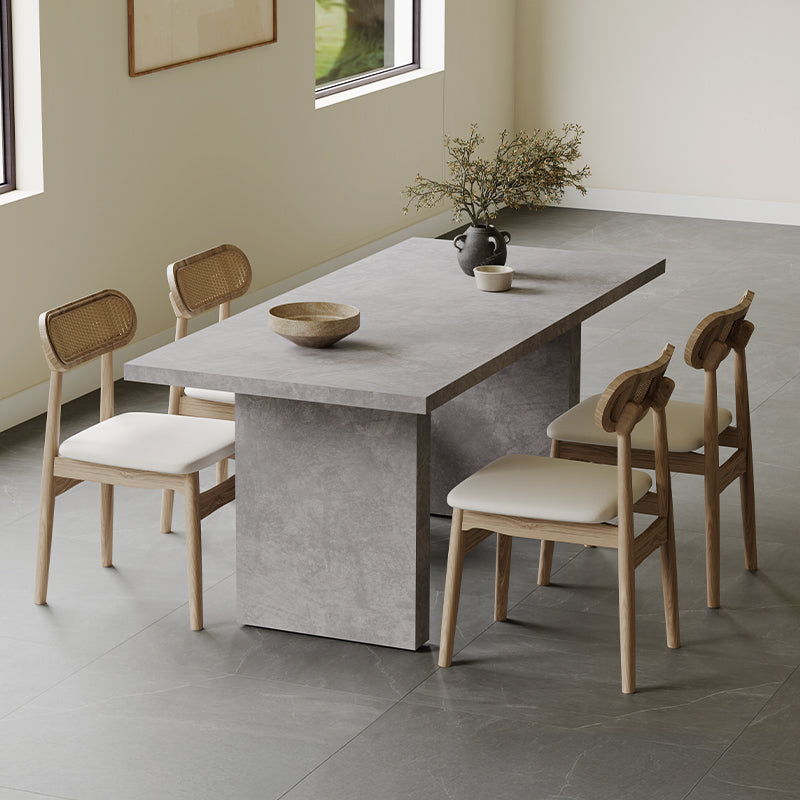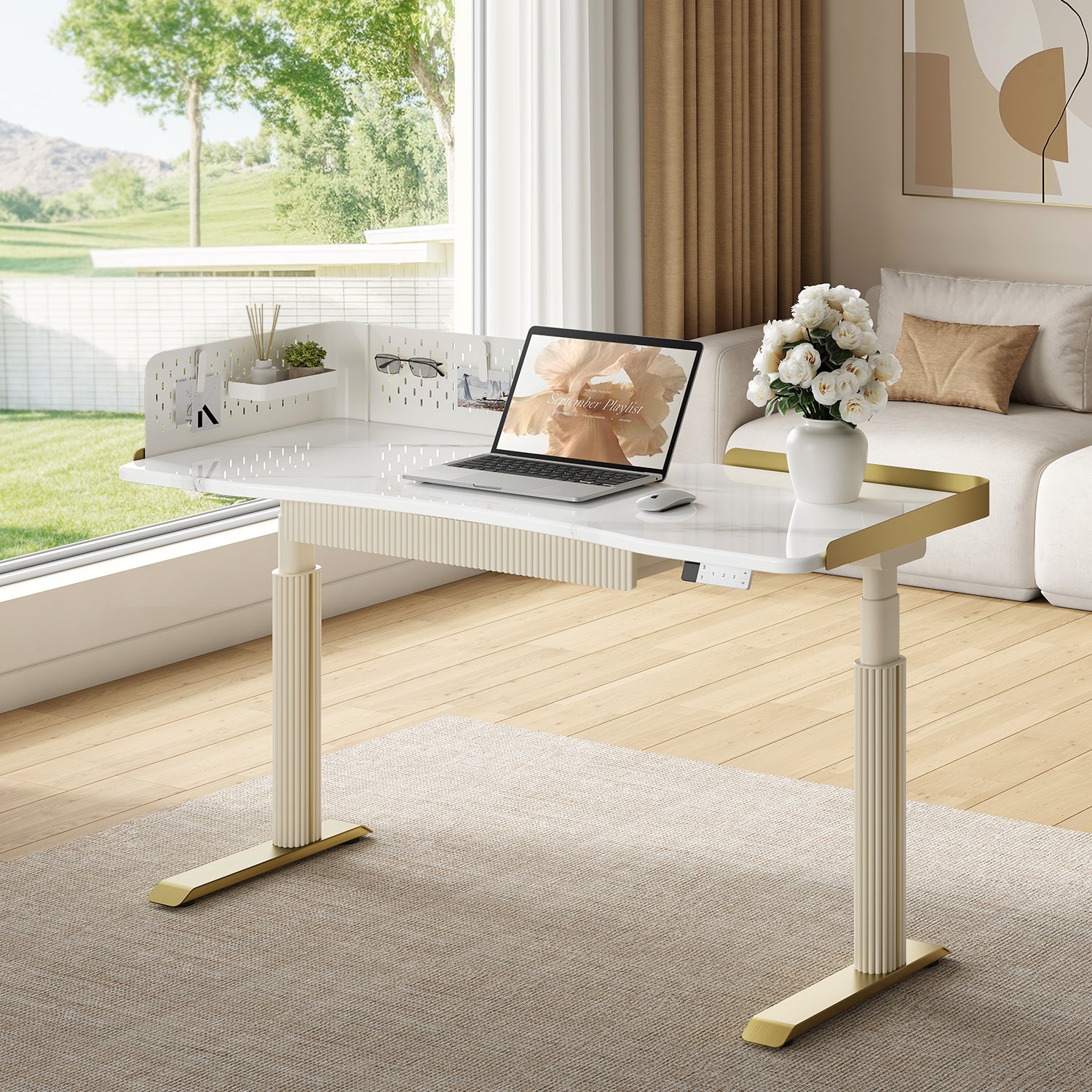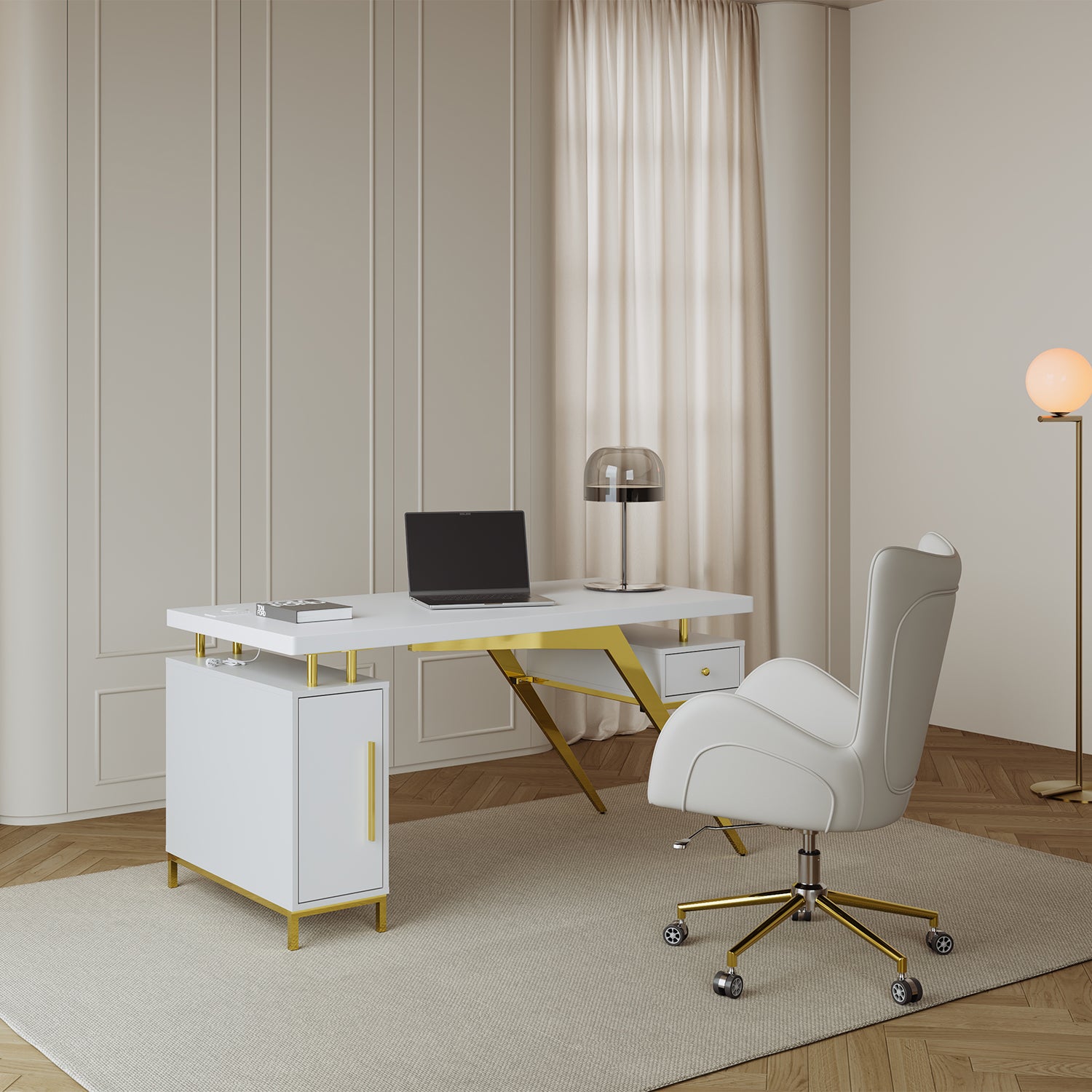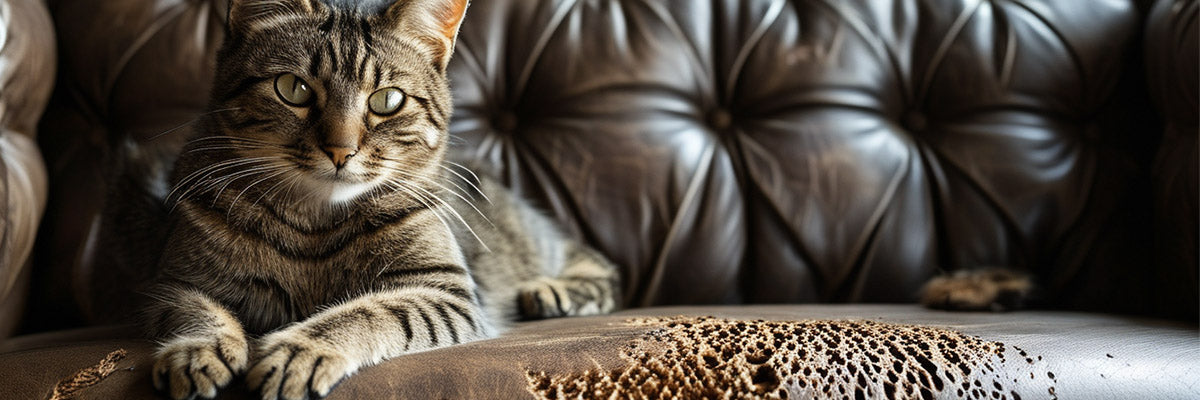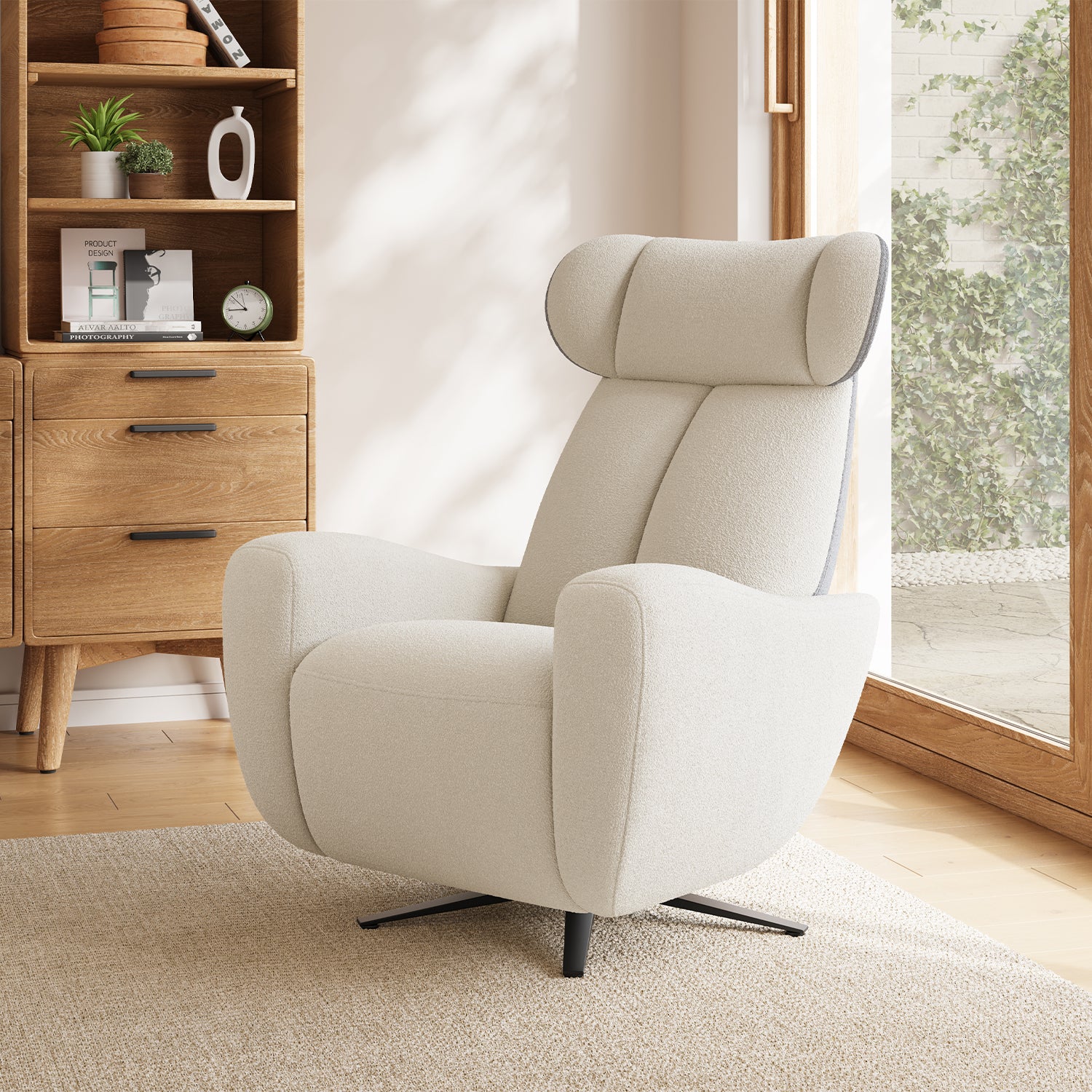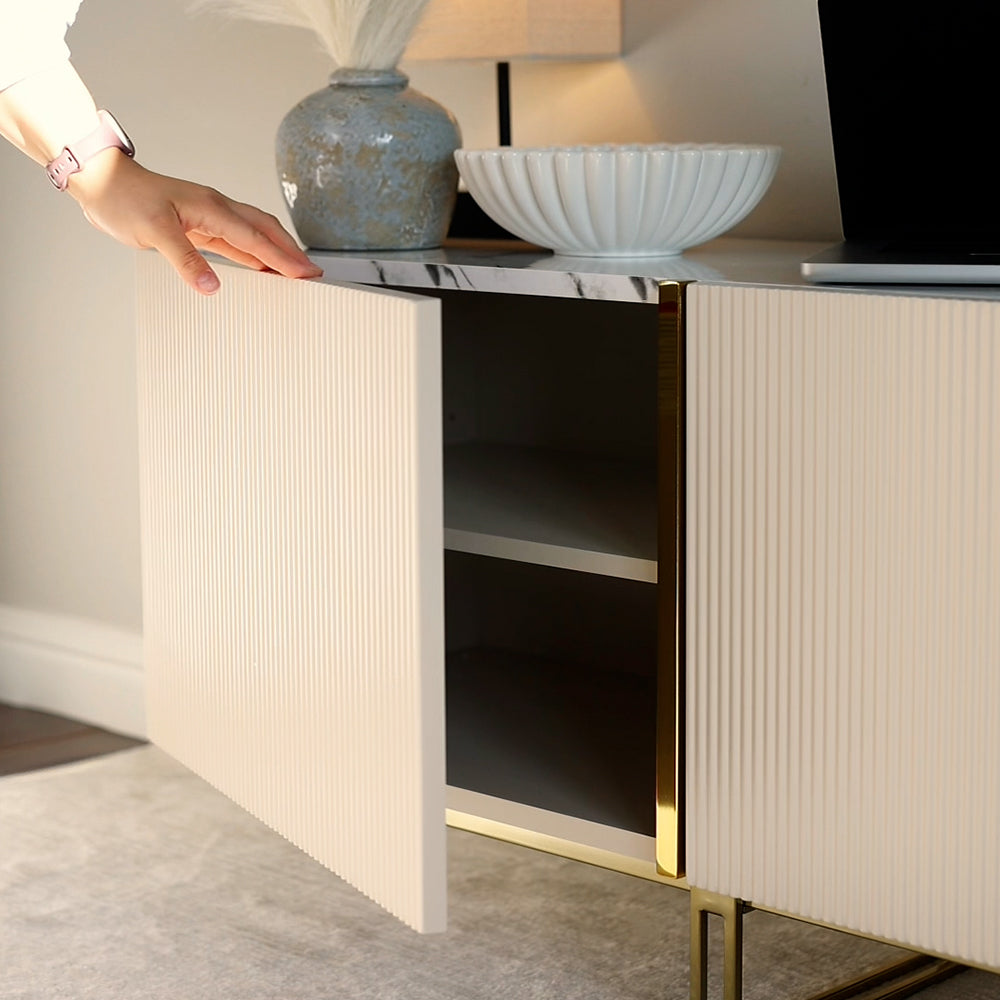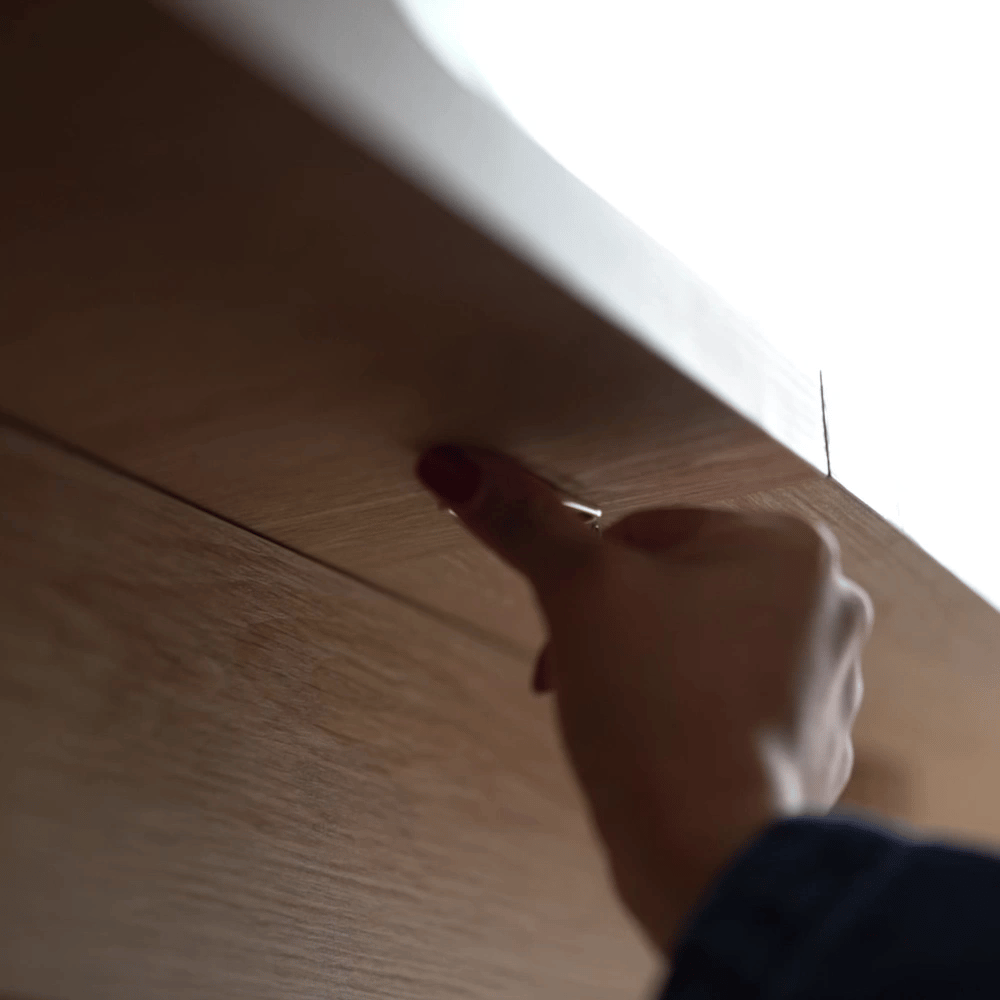There are two types of cat damage you might encounter on your leather furniture. The first type involves scratches on the sides of the sofa, where the cat pulls out fibers from the leather. The second type consists of scratches on the seating cushion, resulting in more linear marks.
NOTE: The following guides provide the best methods for repairing leather to achieve nearly perfect results. However, if you’re looking for a quick fix for cat scratches, consider using Leather Re-Colouring Balm. This balm will restore color to the scratched areas, helping them blend in with the rest of the sofa, but it won’t address the texture; it merely camouflages the scratches.
Advantages of using only the balm include: it is straightforward to apply, quick, cost-effective, and significantly enhances the appearance of the sofa. The downside is that the scratches must be lighter than the surrounding leather for the balm to be effective.
Table of Content
1. Damage Types
The photo illustrates light scratches on the seating cushion. These scratches are minimal and have not penetrated the leather itself, only affecting the surface coating. For this level of damage, the Leather Re-Colouring Balm should effectively restore the lost color and help blend the scratches with the surrounding leather.

2. Tools and Materials Required
To effectively repair scratches on your leather couch, gather the following tools and materials:
Leather Cleaner:
For preparing the surface before repairs.
Soft Cloths:
To clean and condition the leather.
Leather Conditioner:
To keep the leather supple and prevent further damage.
Leather Repair Kit:
This typically includes filler compounds, color matching agents, and applicators.
Fine Sandpaper:
For smoothing out rough edges around scratches.
Cotton Swabs or Small Brushes:
For applying repair products accurately.
3. Step-by-Step Repair Guide
Assess the Damage:
Start by examining the scratches. Determine whether they are surface scratches or if they penetrate deeper into the leather. Surface scratches are easier to fix, while deeper ones may require additional treatment.
Clean the Area:
Use a leather cleaner and a soft cloth to gently wipe the scratched area. This will remove dirt, oils, and any debris that could interfere with the repair process. Ensure that the area is completely dry before moving to the next step.
Smooth the Scratch:
For deeper scratches, use fine sandpaper to gently smooth the edges around the scratch. Be careful not to sand too much, as this could further damage the leather. The goal is to create a smoother surface for the filler to adhere to.
Apply Leather Filler:
If the scratch is deep, use a leather repair kit that includes a filler compound. Following the manufacturer's instructions, apply the filler to the scratch using a small applicator or a cotton swab. Push the filler into the scratch to ensure it fills the gap completely. Smooth the surface to blend it with the surrounding leather.
Color Matching:
Many leather repair kits come with color matching compounds. Once the filler has dried (according to the product instructions), use the color matching agent to blend the repair with the rest of the couch. Apply the color gently with a brush or cloth, feathering it outwards from the repaired area to create a seamless transition.
Allow to Dry:
After applying the color, let the repair dry completely. This could take several hours or longer, depending on the products used. It’s crucial to be patient and allow ample drying time to achieve the best results.
Condition the Leather:
Once the repair is dry, apply a leather conditioner to the entire couch, focusing on the repaired area. Conditioning helps restore moisture, keeping the leather supple and preventing future scratches. Follow the manufacturer's instructions for the conditioner and use a soft cloth to buff it in.
Final Touch-Up:
After conditioning, inspect the repaired area. If needed, you can apply additional color matching or filler to perfect the repair. Use a cotton swab or brush for precision and ensure that the repaired area blends well with the rest of the leather.
4. Preventive Measures
To avoid future scratches from your cat, consider the following preventive measures:
Provide Scratching Posts:
Encourage your cat to use scratching posts by placing them near the couch. This can help divert their scratching behavior away from your furniture.
Use Pet-Friendly Furniture Covers:
Consider using slipcovers or throws on your couch to protect it from scratches and spills.
Regular Grooming:
Keep your cat’s claws trimmed to minimize the risk of scratches. Regular grooming can also help reduce shedding and dander.
Leather Protectors:
Apply a leather protector spray to provide an additional layer of defense against scratches and stains.

5. When to Seek Professional Help
While many scratches can be repaired at home, some damage may require professional attention. If the scratches are extensive, if there are tears in the leather, or if you feel uncomfortable handling the repair, consider seeking help from a professional leather repair service. They have specialized tools and expertise to ensure a high-quality repair.
6. Conclusion
Fixing cat scratches on a leather couch can be a straightforward process if approached correctly. By following the steps outlined above, you can restore the appearance of your leather couch and prolong its lifespan. Regular cleaning and conditioning, along with preventive measures, will help maintain your furniture's beauty and protect it from future damage. With a little effort, your leather couch can remain a stylish and comfortable centerpiece in your home for years to come.
If you want to buy our home furniture or couch for living room, you can check out more on our store

